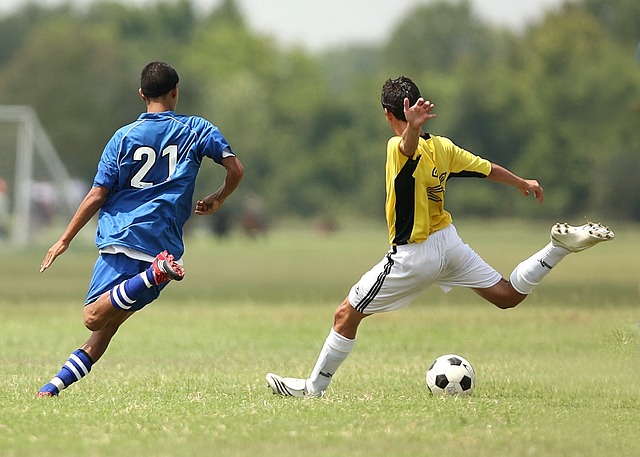Player props are one of the fastest-growing segments in sports betting—especially for basketball and football. They appeal to both casual fans and sharp bettors thanks to high granularity and market variety. But profitable prop betting requires more than surface-level stats.
To beat props consistently, bettors must dig into usage rates, matchup context, and minutes volatility—three core variables that affect player performance far more than raw averages.
This post explains how each variable works, why they matter, and how to use them to gain an edge over inflated or mispriced lines.
Why Player Props Are Beatable—But Not Easy
Sportsbooks face a math problem: they offer hundreds of player props per game but can’t manually model them all. Many lines are auto-generated or based on rolling averages, leaving opportunities for those who dig deeper.
However, player props are also liquid and sharp—books adjust quickly. You need to be early and precise.
The good news: markets often miss short-term context. That’s where usage, matchups, and minutes come in.
Usage Rate: Who Actually Gets the Ball?

Usage rate measures how often a player finishes possessions with a shot, turnover, or free throw attempt when on the floor. It’s a better predictor of volume than minutes alone.
High-usage players naturally get more chances to hit point, rebound, or assist props. But usage can shift quickly due to:
- Injuries to other starters
- Bench units playing more
- Role changes after trades or coaching adjustments
How to Apply It
- Target temporary usage bumps (e.g., starter sits, backup elevated to lead role)
- Fade players over-propped after a hot streak, if usage hasn’t changed
- Monitor team usage splits—some starters defer to stars, others don’t
Quick Tip: When betting overs, don’t just ask “How many minutes will he play?” Ask “How many possessions will run through him?”
Matchups: Defense, Pace, and Game Script
A good player in a bad matchup often underperforms—and books don’t always adjust prop lines enough to reflect this.
Key Matchup Factors
- Defensive schemes: Is this a switch-heavy team? Do they blitz the pick-and-roll? Do they limit drives?
- Pace of play: Fewer possessions = fewer stat opportunities
- Opponent weakness or strength: Some teams allow more rebounds, blocks, or assists due to style of play, not talent
- Blowout risk: Large point spreads mean starters may sit early
Table: Matchup Risk Indicators
| Matchup Factor | Impact on Props | Betting Note |
|---|---|---|
| Slow-paced teams | Fewer total stats | Unders more likely to hit |
| Strong rim defense | Fewer points in paint | Fade scoring props for slashers |
| Guard-switching | Lower assist chances | Fade pass-first PGs |
| High blowout risk | Lower minutes | Unders or alternate markets only |
Don’t just look at team defense rankings. Dig into how a team plays, not just how many points they give up.
Minutes Volatility: The Silent Killer of Overs
Minutes are the fuel for player stats—and volatility here destroys prop overs. Even a 10% drop in playing time can make a fair line unplayable.
What Causes Minutes Volatility?
- Foul trouble
- Rotation changes
- Matchup-based substitutions
- Conditioning or recent return from injury
- Blowout games
- Back-to-back fatigue or coaching load management
Books often post lines assuming average minutes. But in reality, minutes vary based on game flow, coaching decisions, and foul situations.
How to Spot It

- Check past 5-game minute trends, not just season averages
- Look for coach quotes or beat reports
- Note bench performance—hot backups steal time
- Use team spreads: >10-point lines often indicate blowout risk
If you don’t account for minutes variance, you’re betting on coin flips.
When All Three Align
The best prop bets are when usage spikes, the matchup is soft, and minutes are stable. That’s when overs become value.
Likewise, the best unders often come from:
- Average or low usage
- Tough matchup
- Real threat of reduced playing time
Betting props isn’t about raw numbers—it’s about context. Books lean on models. You can lean on nuance.
Final Takeaway: Win the Edges, Not the Average
Player props reward bettors who go deeper than the box score. Usage rate shows intent, matchups reveal friction, and minutes volatility adds or subtracts opportunity.
You’re not betting on a player—you’re betting on how their environment shapes their output. Get that right, and you’ll stay ahead of stale or mispriced lines.
